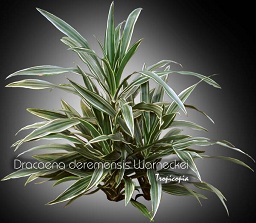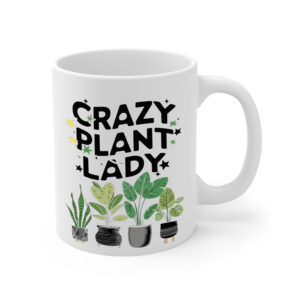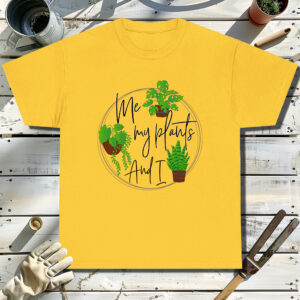Table of contents
Striped Dracaena

Latin Name: Dracaena deremensis ‘Warneckei’
Category: Dracaena
Family: Liliaceae
Origin: Africa
Climate: Tropical
Growing Zones: 11-10
Care Instructions
The Striped Dracaena (Dracaena deremensis ‘Warneckei’) is a tropical plant that originates from Africa. This dracaena plant belongs to the Liliaceae family and is well-suited for growing in USDA zones 11-10.
Complete Care Guide for Striped Dracaena (Dracaena deremensis ‘Warneckei’)
Watering Requirements
The Striped Dracaena, also known as Dracaena deremensis ‘Warneckei’, has moderate watering needs that are crucial for its health. It is essential to allow the top inch of soil to dry out between waterings. Overwatering can lead to root rot, a common issue with this plant. During the growing season, typically spring and summer, water the plant thoroughly, ensuring that excess water drains out of the pot. In the fall and winter months, reduce watering frequency as the plant enters a dormant phase. Always use room temperature water to avoid shocking the roots, and consider using distilled or rainwater, as Dracaena can be sensitive to the chemicals found in tap water.
Light Conditions
The Striped Dracaena thrives in bright, indirect light but can also tolerate low light conditions. However, it is important to note that prolonged exposure to direct sunlight can scorch the leaves, leading to unsightly brown tips. Ideally, place your Dracaena near a window with filtered light or in a well-lit room where it can receive ample indirect sunlight. If you notice the plant becoming leggy or the variegation fading, it may be a sign that it needs more light. Conversely, if the leaves start to yellow, it may be receiving too much direct sunlight.
Soil Preferences
The ideal soil for Striped Dracaena is a well-draining potting mix that retains some moisture without becoming soggy. A blend of peat moss, perlite, and pine bark works well to provide the right balance of drainage and moisture retention. It is advisable to repot the plant every couple of years to refresh the soil and provide more space for growth. When fertilizing, use a balanced, water-soluble fertilizer diluted to half strength during the growing season, approximately every 4-6 weeks. Avoid fertilizing in the fall and winter when the plant’s growth slows down.
Pests and Diseases
Striped Dracaena is generally resilient but can be susceptible to pests such as spider mites, mealybugs, and scale. Regularly inspect the leaves for any signs of infestation, such as webbing or sticky residue. If you notice pests, treat the plant with insecticidal soap or neem oil, ensuring to cover both the tops and undersides of the leaves. Additionally, Dracaena can suffer from root rot if overwatered, which can lead to yellowing leaves and a mushy stem. To prevent this, ensure proper drainage and avoid letting the plant sit in water. Fungal infections can also occur, particularly in overly humid conditions, so maintaining good air circulation around the plant is essential.
Special Care Tips
To keep your Striped Dracaena healthy and vibrant, consider the following special care tips: First, wipe the leaves with a damp cloth occasionally to remove dust and enhance photosynthesis. This also helps prevent pest infestations. Second, rotate the plant every few weeks to ensure even growth, as it may lean towards the light source. Third, be cautious of cold drafts and sudden temperature changes, as Dracaena prefers a stable environment. Lastly, if you notice the leaf tips turning brown, it may be a sign of low humidity or underwatering; consider misting the plant or placing a humidity tray nearby to increase moisture levels. By following these guidelines, both novice and experienced gardeners can enjoy the beauty and elegance of the Striped Dracaena in their homes.








